When it comes to cleaning between your teeth, the debate around dental tape vs floss continues to grow. While both dental floss and dental tape effectively remove food particles and reduce the risk of gum disease, choosing the right tool depends on your tooth spacing, comfort, and gum sensitivity. In this guide, we break down the differences between floss and dental tape, how each works near the gum line, and which one may be better suited for your daily routine.
Key Takeaways
-
Dental tape is broader and flatter, making it more suitable for wider gaps and sensitive gums, while dental floss is thinner, ideal for tight contacts.
-
Both dental tape and floss effectively remove plaque and food particles, but users should select based on personal comfort, tooth spacing, and gum sensitivity.
-
Proper technique and consistency in using either tool are crucial for effective interdental cleaning and maintaining optimal oral health.
Understanding Dental Tape and Dental Floss
Dental floss and dental tape differ mainly in their shape and texture. Dental floss is a thin, round strand typically made from nylon or PTFE, while dental tape is broader and flatter, resembling a ribbon.
Both tools slide between teeth where a toothbrush can’t reach, but their designs cater to different dental needs and preferences, including the use of a brush.
What Is Dental Floss?
Dental floss is a thin strand, usually made from nylon or Teflon, designed to clean spaces between teeth that a toothbrush cannot reach. It comes in waxed and unwaxed types. Waxed floss, coated with a light layer of wax, slides more easily between tight spaces but may be slightly harder to use in very tight spots. Additionally, it is important to note that dental floss can be found in various forms, including thin strands made from twisted nylon or plastic that cater to different needs.
PTFE floss is less likely to shred compared to standard floss, making it a durable option for many users. However, dental floss can break or fray more easily than dental tape due to its thinness, which may influence the choice for users with specific needs.
What Is Dental Tape?
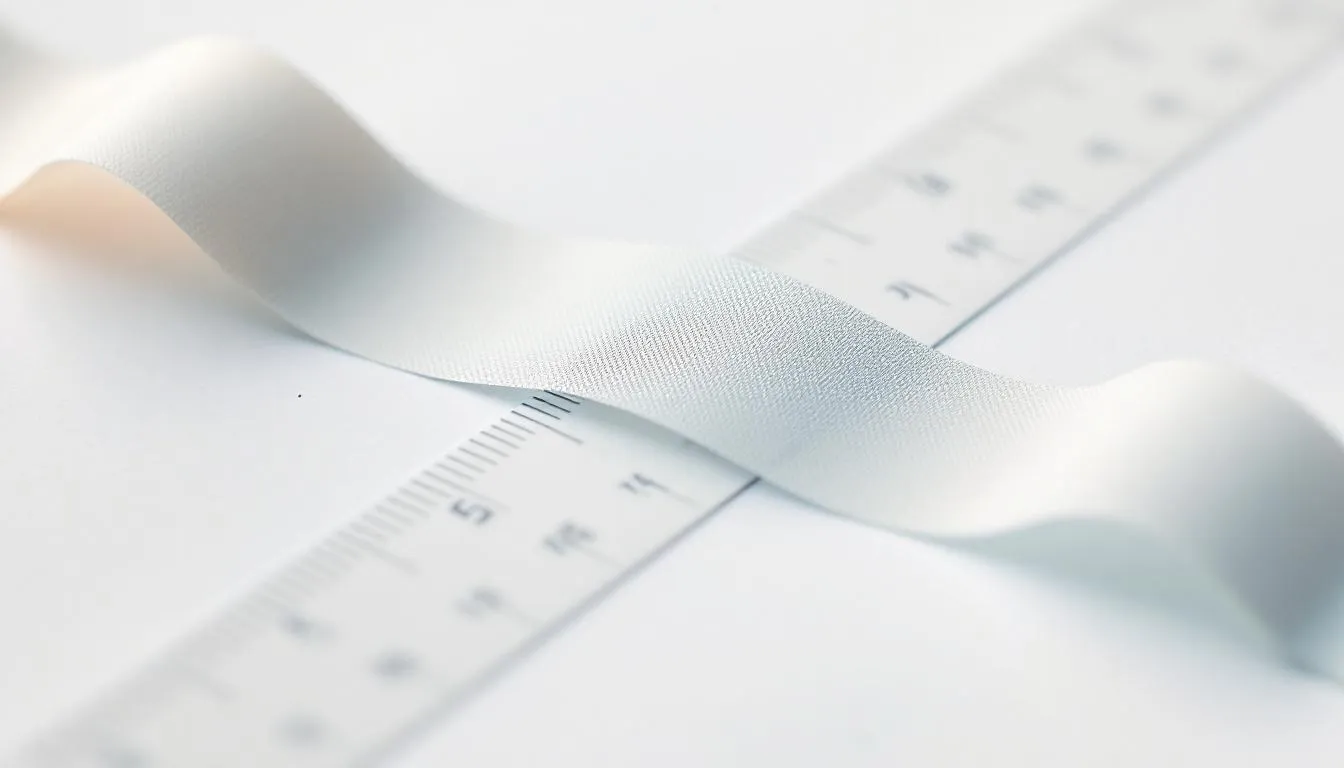
Dental tape is characterized by:
-
Being broader and flatter than floss
-
Preferred by individuals with wider gaps between their teeth or those who struggle with conventional floss
-
Generally made from waxed nylon threads or polyethylene fiber, offering durability
Dental tape is available in waxed and unwaxed varieties to cater to different preferences, with unwaxed tape offering a firmer grip for some users. Additionally, traditional dental tape and dental tapes provide an alternative option for those seeking different types of dental hygiene products.
How They Compare: Design, Materials, and Handling
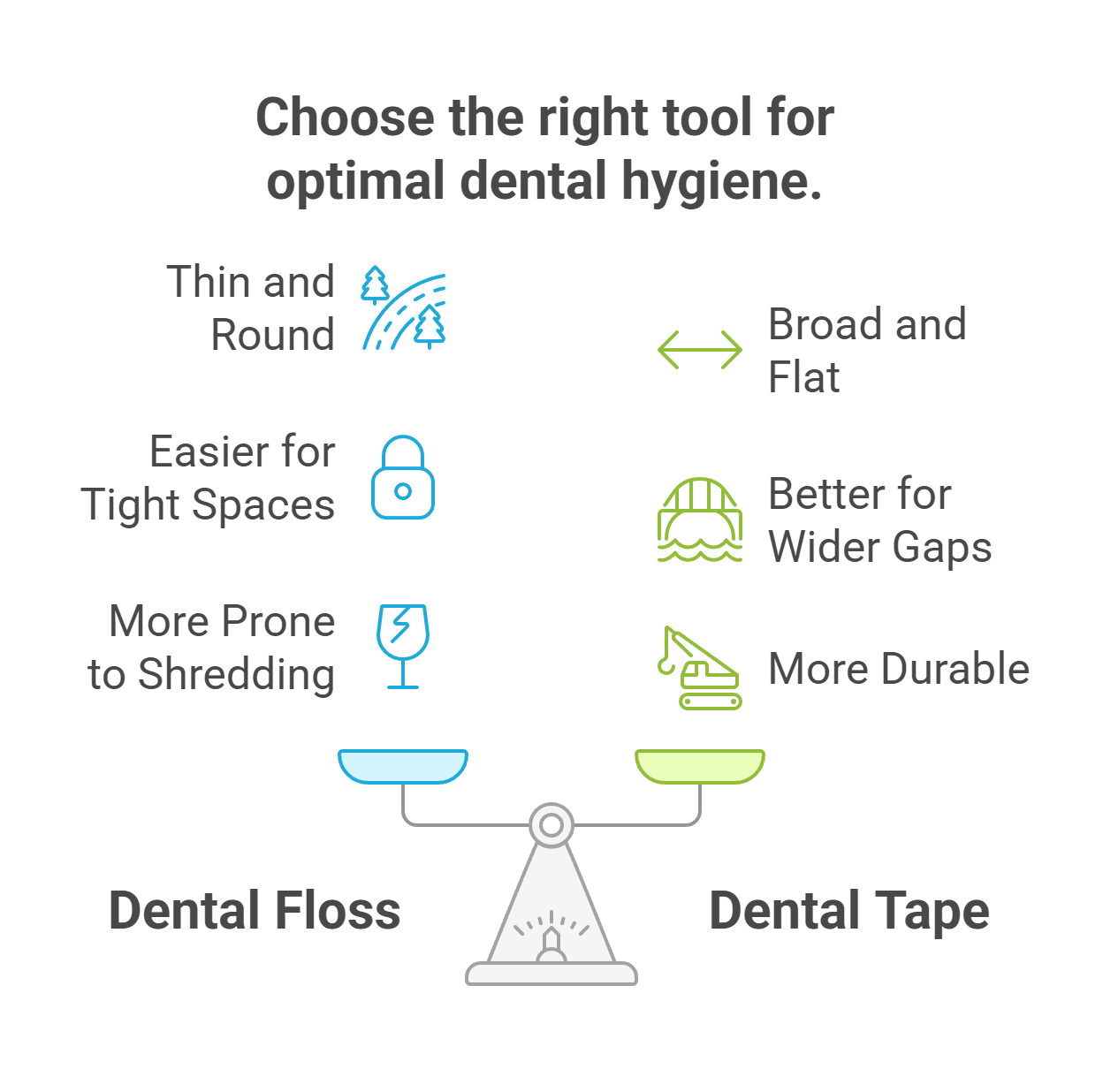
When comparing dental tape and floss, their design, materials, and handling characteristics are essential. Dental floss is thin and round, ideal for tight contacts, while dental tape’s broader, flatter design allows for greater contact with tooth surfaces and easier sliding in wider gaps.
Recognizing these key differences can help you choose the best tool for your dental needs.
Shape and Glide
Floss excels in tight contacts due to its thin, round shape, navigating narrow gaps without forcing or damaging gum tissue. Dental tape’s wide, flat design increases contact with tooth surfaces, making it more efficient for cleaning wider gaps.
Waxed variants in both categories can improve glide, while PTFE floss resists shredding, providing a smoother experience.
Grip, Control, and Dexterity
Dental tape’s broader profile offers superior grip and control, especially for those with large fingers or dexterity challenges. Pre-threaded flossers or dental picks can be practical alternatives if wrapping floss or tape is difficult.
This ensures everyone, regardless of manual dexterity, can maintain good oral hygiene while maintaining good oral health and good oral health.
Strength and Breakage
Dental tape’s wider and thicker profile makes it more resistant to breakage, providing a more durable option. Wax coatings can further reduce fraying and breakage but may slightly affect maneuverability in very tight spaces. Additionally, a thinner profile option may be available for those who prefer it.
PTFE floss also resists shredding, making it a reliable choice.
To help you better understand the practical differences between dental tape vs floss, here's a side-by-side comparison of their design, material, and handling features. This will make it easier to choose the one that fits your oral care needs.

Effectiveness and Clinical Performance
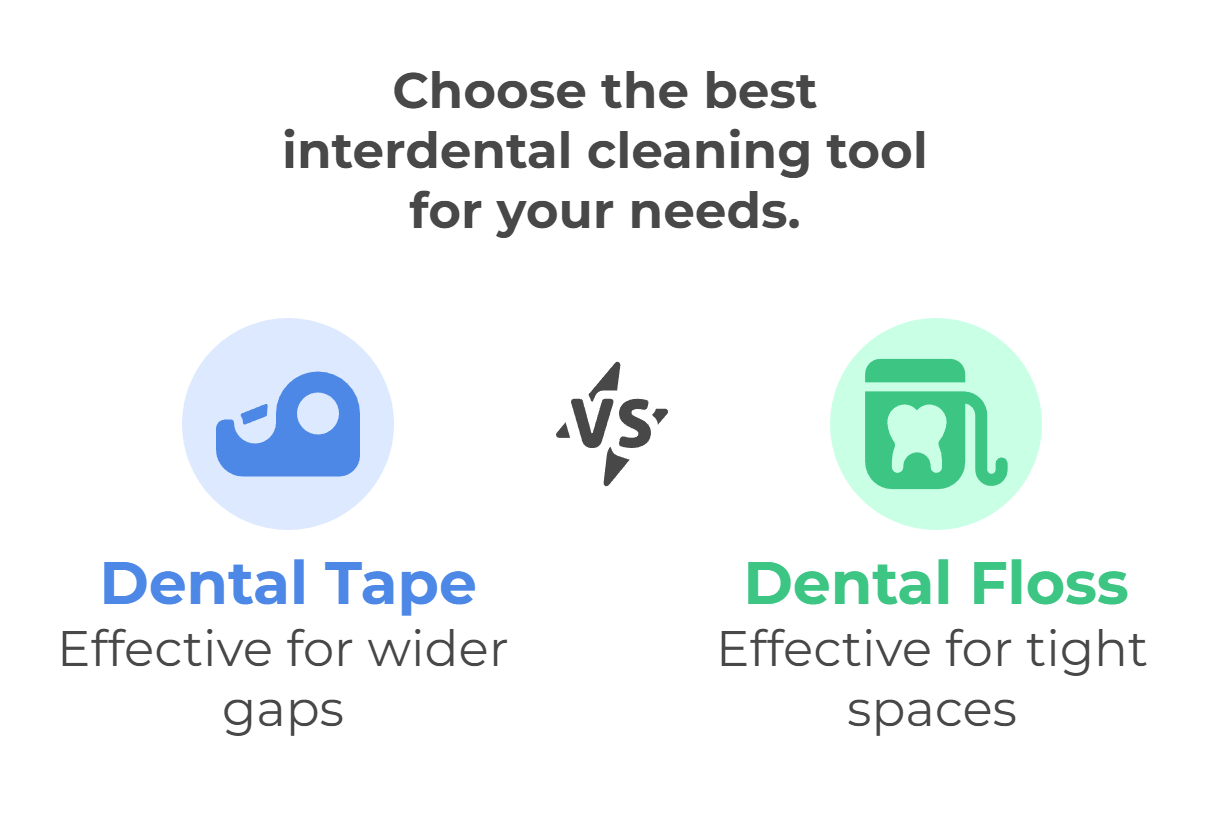
Both dental tape and floss or dental tape are proven effective in maintaining oral hygiene, especially in preventing gum disease. Clinical studies indicate that both tools can effectively remove plaque and food particles when used correctly and consistently.
The choice often comes down to personal preference, tooth spacing, and gum sensitivity.
Plaque Removal and Gum Health
Both dental tape and floss reduce interdental plaque and support teeth and gums health when used correctly and consistently. Brushing alone misses interdental plaque, making daily interdental cleaning crucial for maintaining good oral hygiene.
Consistent use of either dental tape or floss reduces gum inflammation and decreases the risk of gum disease.
Food Particle Dislodgment
Both dental tape and floss are effective at dislodging food particles. Dental tape’s wider surface is advantageous for individuals with larger gaps between their teeth, while floss navigates tight contacts more easily.
This ensures food particles are efficiently removed, reducing the risk of removing plaque buildup and gum disease.
Matching the Tool to Tooth Spacing and Sensitivity
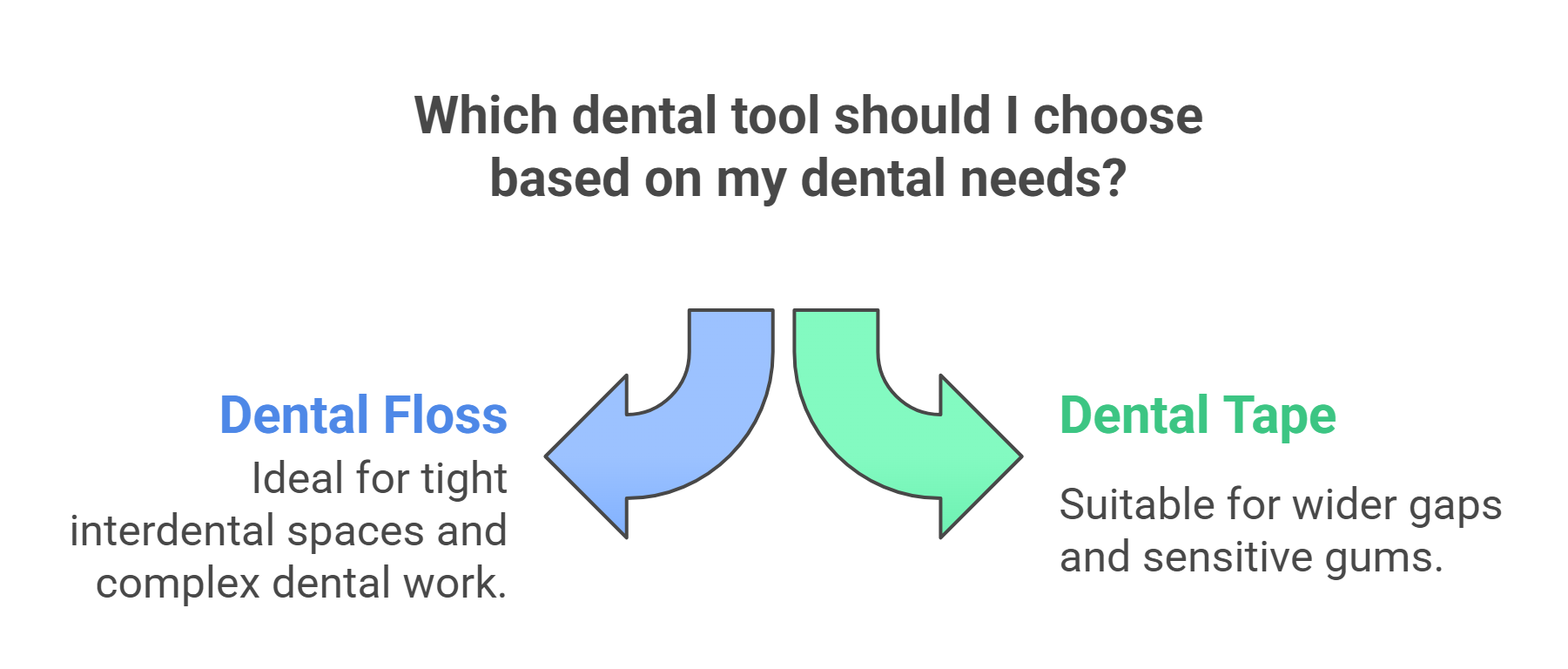
Choosing the right tool depends on your specific dental needs, such as tooth spacing and gum sensitivity. Dental floss is ideal for tight interdental spaces, while dental tape suits wider gaps and sensitive gums.
Recognizing these criteria can help you make an informed decision.
Tight Spaces
For very tight contacts or around complex dental work, thin floss, whether waxed or PTFE, is the best choice. Waxed floss can help slide through snug areas, but dental tape may feel bulky for very tight gaps.
This makes traditional floss the preferred option for tightly pressed teeth.
Wider Gaps
For wider gaps, dental tape vs dental tape offers the following advantages:
-
Its broader surface can contact more tooth area per pass, making it feel more efficient.
-
It is the preferred option for individuals with larger gaps between their teeth.
-
It provides better coverage and cleaning efficiency.
Sensitive or Bleeding Gums
Dental tape’s flat profile can reduce “snap” trauma and feel gentler on sensitive gums. If bleeding persists despite gentle technique and regular cleaning, consult a dental professional. Dental tape is ideal for individuals with sensitive gums and those experiencing bleeding gums.
Practical Usage Guidelines and Technique
Using floss or tape correctly is essential for maintaining a healthy smile. Proper technique helps remove plaque, reduce plaque buildup, and support long-term gum health. The best choice depends on your dental needs and comfort—but consistency is key.
How to Use Dental Floss (Step-by-Step)
-
Cut about 18 inches of dental floss.
-
Wrap most around one middle finger and the rest around the opposite finger.
-
Gently slide the floss between your teeth.
-
Curve it into a c shape against the side of one tooth and move it up and down along the gum line.
-
Use a fresh section of floss for each space.
Flossing daily before brushing ensures deeper cleaning, helping floss reach tight spaces and clean where the toothbrush can't. If dexterity is an issue, floss picks or dental picks offer more control.
How to Use Dental Tape (Step-by-Step)
Dental tape, often referred to as ribbon tape, is ideal for people with wider gaps between their teeth or sensitive gums.
-
Use about 18 inches of tape and wrap it around your fingers.
-
Keep it taut and gently slide it between your teeth.
-
Hug the tooth surface in a c shape and slide it along both sides of the tooth.
-
Avoid snapping it against your gums to prevent irritation.
Dental tape is particularly effective at cleaning wider gaps, offering more surface contact for efficient plaque removal.
Frequency and Routine
-
Clean between your teeth once a day.
-
Spend around two minutes total for complete interdental care.
-
If you wear braces or have tightly pressed teeth, consider alternatives like water flossers or an electric flosser.
-
For those struggling with coordination, floss picks or dental picks make daily use more manageable.
The key differences between floss and tape come down to individual dental needs: tape suits wider gaps and sensitive gums, while floss works better for tight spaces. No matter the tool, daily use helps remove plaque, reduce gum inflammation, and protect your teeth and gums for a healthy smile.
Comfort, Coatings, Flavors, and Eco Options
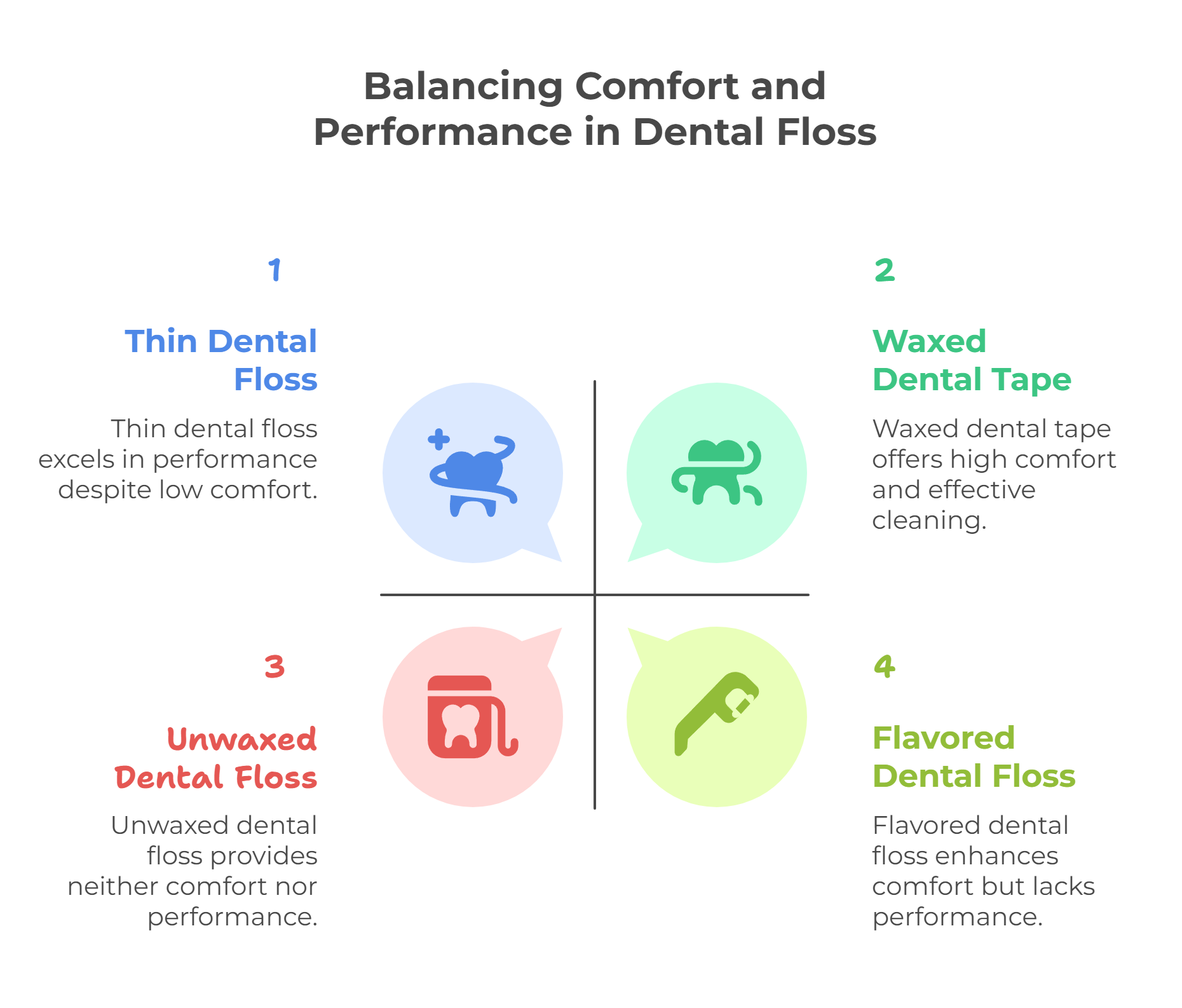
Choosing between dental floss vs tape goes beyond function—comfort, personal preferences, and eco-conscious decisions also influence your daily oral care routine. Whether you're managing wider gaps, tightly pressed teeth, or braces, selecting the right flossing option can improve consistency and effectiveness.
Coatings and Flavors
Waxed and unwaxed varieties of both tape and dental floss offer different experiences:
-
Waxed versions help floss gently slide between teeth, improving comfort and reducing plaque buildup.
-
Some waxed flosses create a C shape around the tooth, boosting contact and cleaning efficiency.
-
Flavored options enhance the flossing experience, helping users stick with their daily brushing and flossing habits.
-
For those with large fingers or sensitive gums, dental tape can be easier to handle while still effectively cleaning between teeth and gums.
Eco and Material Considerations
If sustainability matters to you, eco-friendly options such as compostable silk floss, bamboo floss, or recycled packaging are becoming more available:
-
These choices help reduce plastic waste without sacrificing performance.
-
Look for low-plastic options compatible with floss picks, water flossers, or an electric water flosser if you're dealing with limited dexterity or braces.
Balancing Comfort and Performance
While dental tape provides a wider surface for cleaning wider gaps, thin floss may better suit those with tightly pressed teeth. A proper match improves your technique and may even help reduce issues like bad breath caused by lingering food particles and plaque between teeth.
If you’re unsure which option is right for your gums, teeth, or cleaning around braces, consult your dentist. Whether you're using a toothbrush, floss, or advanced water flossers, a tailored routine is key to long-term oral health.
Cost, Availability, and Convenience
Dental tape and floss are similarly priced and widely available at pharmacies and grocery stores. Consider multi-packs or subscriptions for cost efficiency and choose formats that encourage daily use, such as dispensers or pre-threaded options.
Professional Recommendations and Personalization
Choosing the right interdental cleaner depends on tooth spacing, gum sensitivity, manual dexterity, and personal comfort. For those with braces or orthodontics, ask a dental professional about threaders, super floss, or water flossers as adjuncts.
If unsure, a dental hygienist can recommend the best interdental cleaner and technique for your individual needs.
Clinical Bottom Line
Both dental tape and floss are effective when used correctly. Key differences, such as tape’s suitability for wider gaps and sensitive gums versus floss’s precision in tight contacts, highlight the importance of choosing the right tool for your specific needs.
Ultimately, the best interdental cleaner is the one you will use consistently every day. Pairing daily interdental cleaning with thorough brushing and periodic professional care ensures a healthy smile and minimizes the risk of gum disease and other oral health issues.
Final Thoughts
In conclusion, both dental tape and floss are essential tools for maintaining good oral hygiene. Each has its own advantages—tape for wider gaps and sensitive gums, and floss for tight contacts and precision cleaning. The most important factor is consistency. By incorporating either tool into your daily oral care routine, along with regular brushing and professional dental visits, you can significantly reduce the risk of gum disease and maintain a healthy smile. Choose the tool that best fits your needs and stick with it for the best results.
Frequently Asked Questions
Is dental tape better than floss?
Dental tape is better for wider gaps and sensitivity, while floss works well for tight contacts. Choose based on your comfort and daily usability.
Which is best for tight teeth?
For tight teeth, thin floss, either waxed or PTFE, is best as it navigates tight contacts more easily.
Does either reduce gum bleeding?
Yes, gentle and consistent use can reduce gum bleeding, but if bleeding persists, a professional evaluation is recommended.
How often should I use them?
For optimal oral hygiene, you should floss or use dental tape once a day. Regular use helps maintain healthy gums and prevent cavities.
What if I struggle with technique?
If you're struggling with technique, consider using pre-threaded flossers or floss picks, and don't hesitate to ask a hygienist for a hands-on demonstration. Getting the right tools and guidance can significantly improve your flossing experience.















































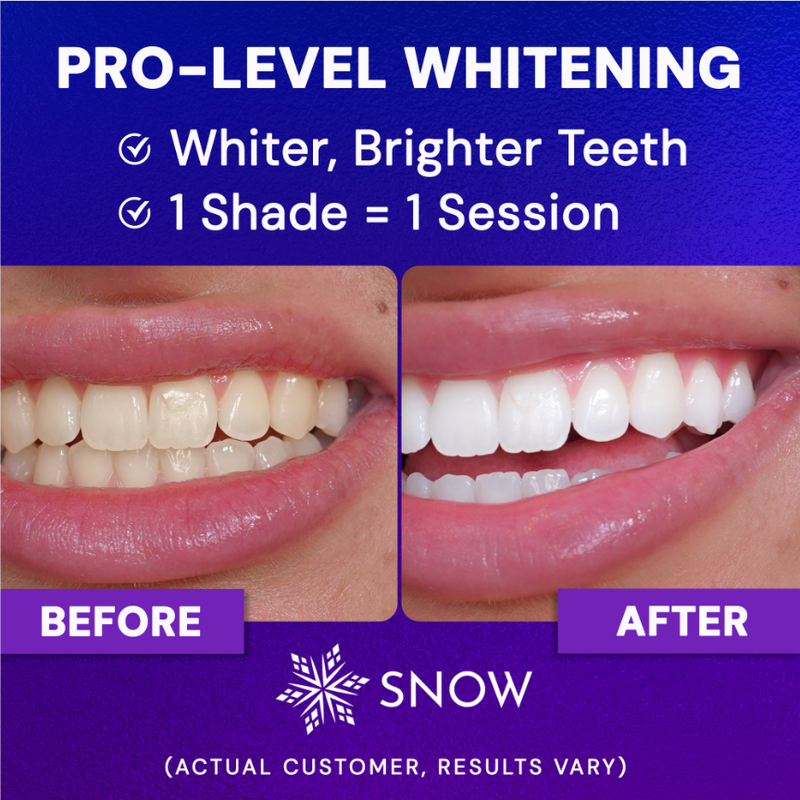
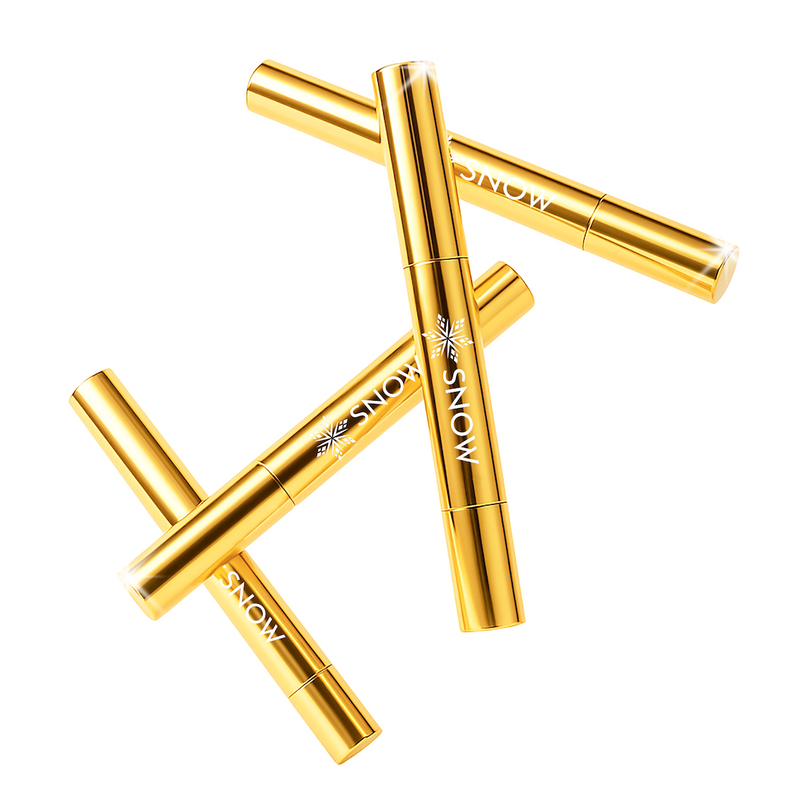
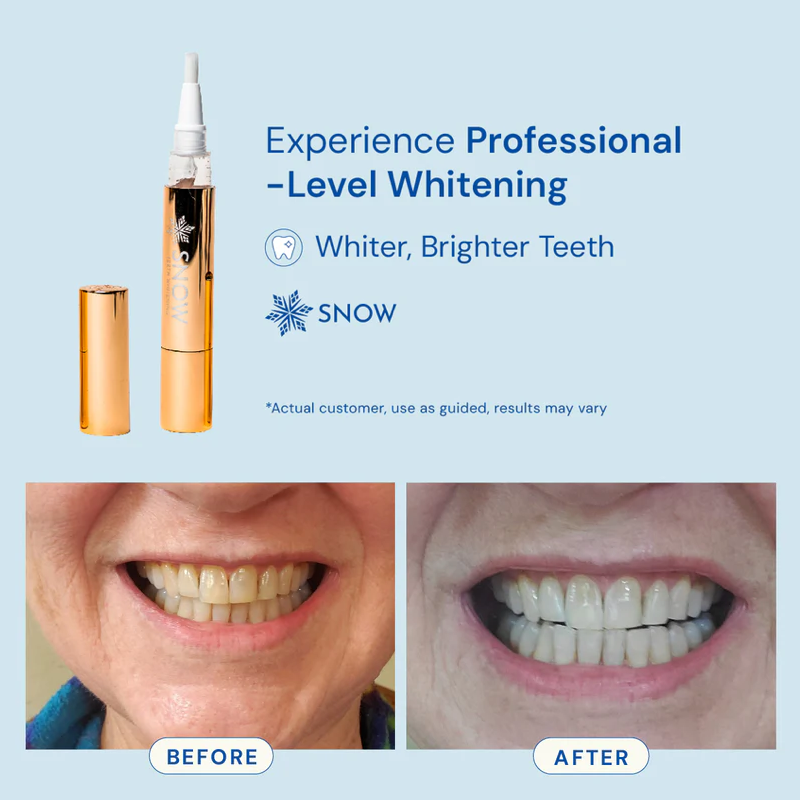


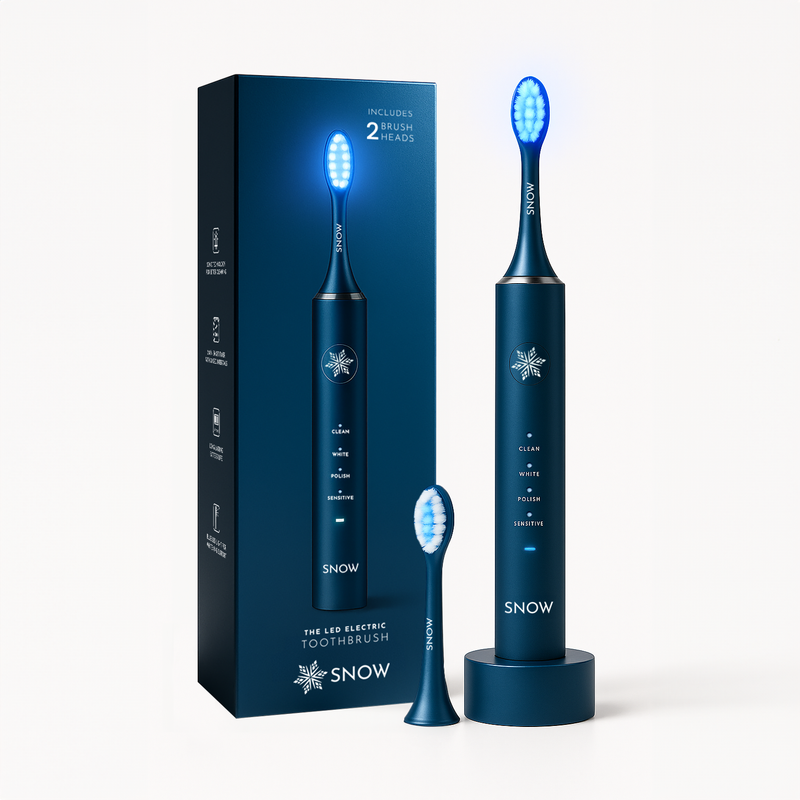


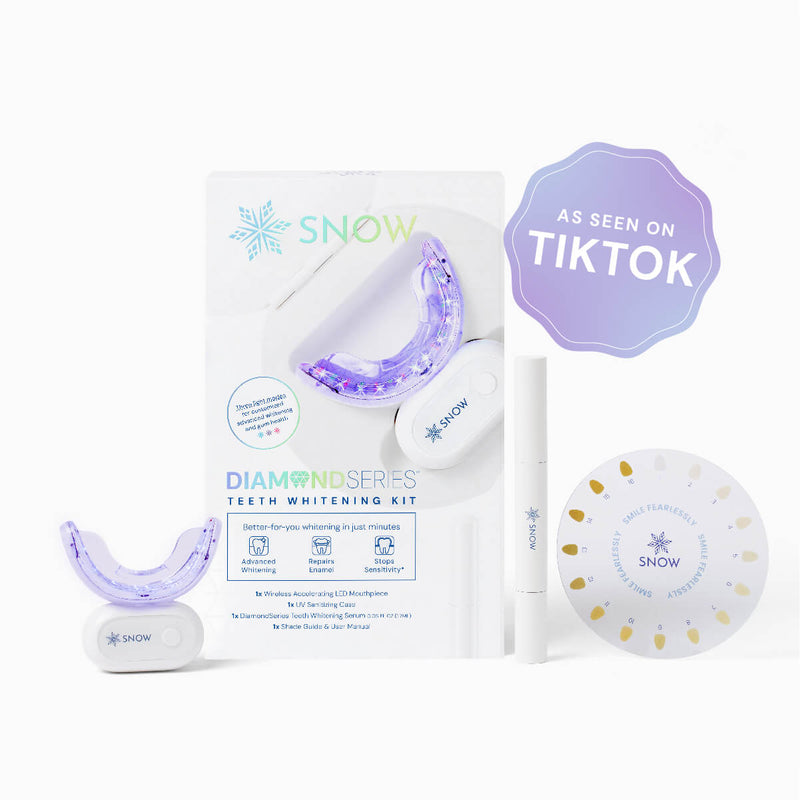
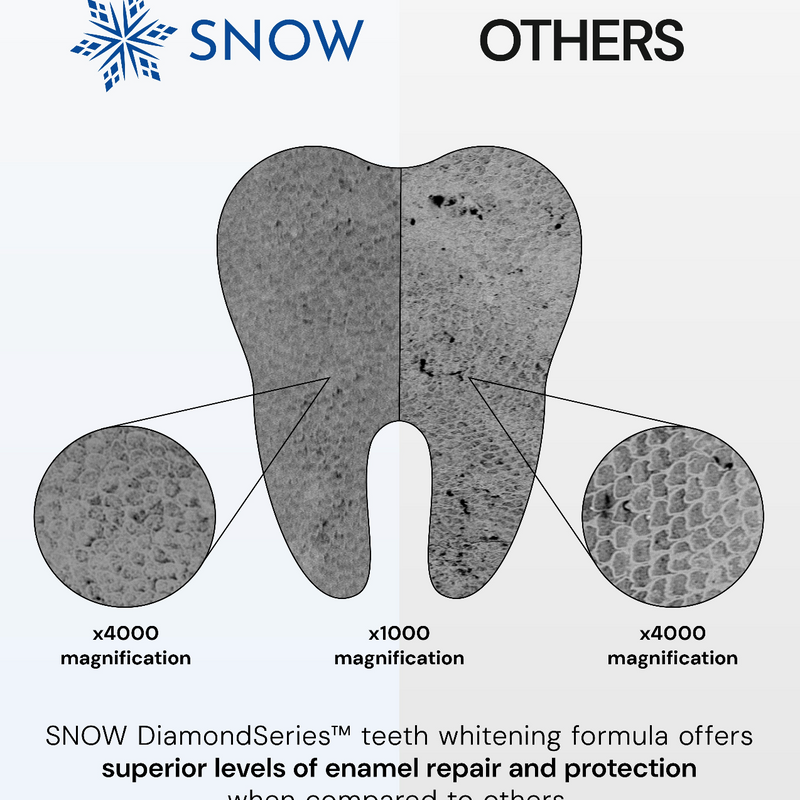


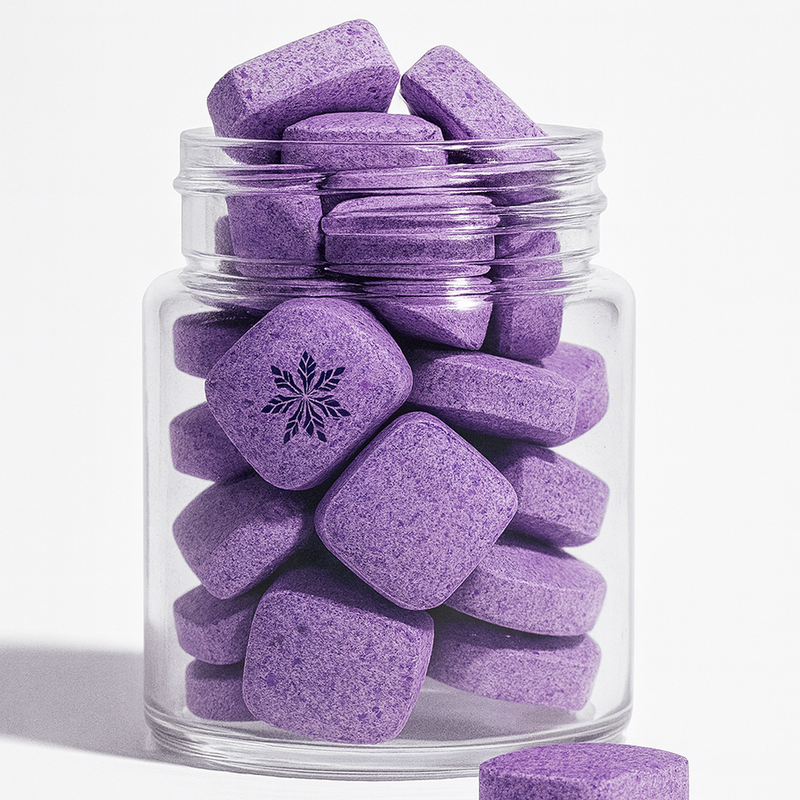

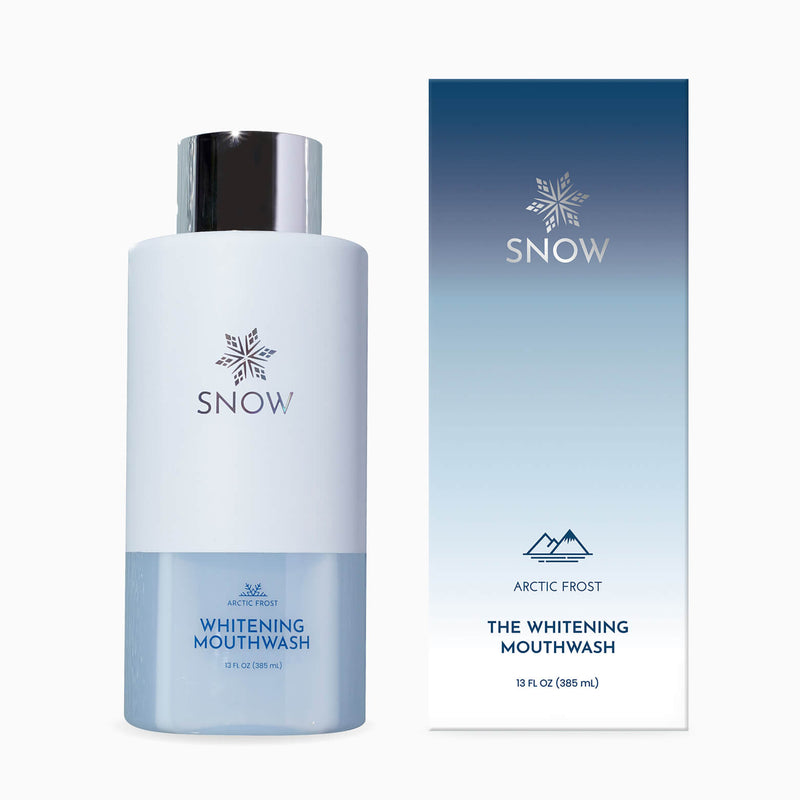

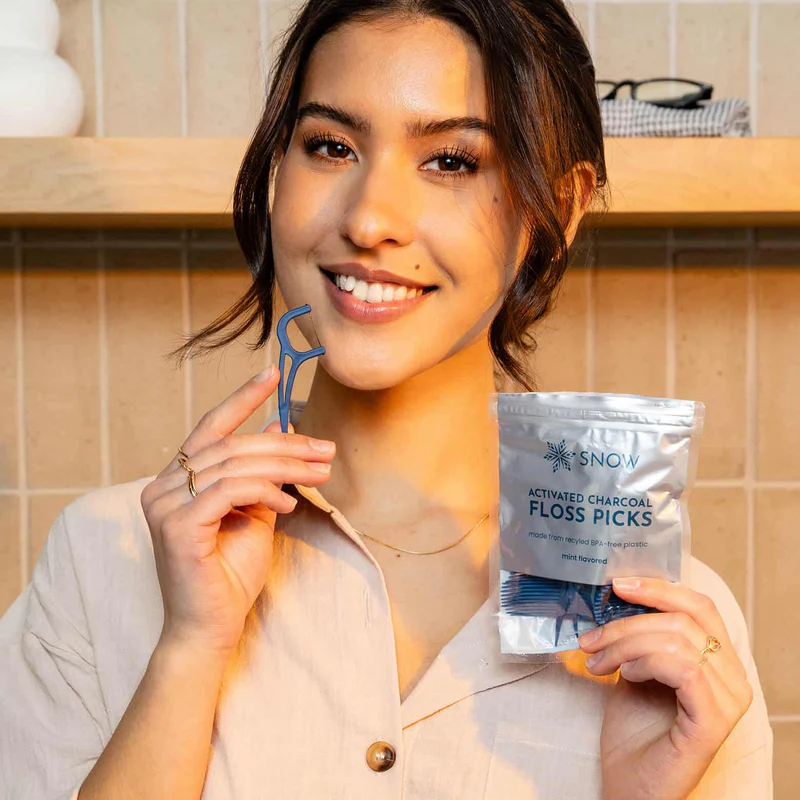



![Clove Oil for Toothache Relief [Does it Really Work]](http://www.trysnow.com/cdn/shop/articles/clove_oil_for_toothache_does_it_really_work.png?v=1756135924)
